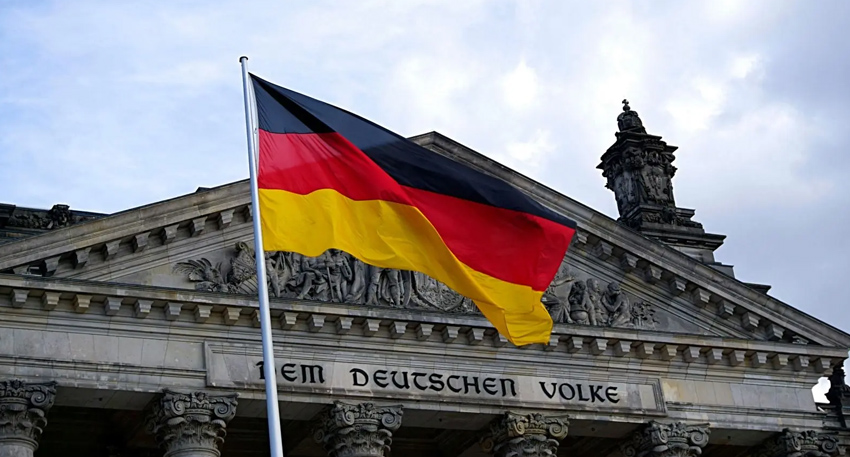
On Friday, the price of 24-karat gold saw a significant decrease of Rs1,800, falling to Rs350,900 per tola. This is a sharp contrast to its previous sale price of Rs352,700, as reported by the All Pakistan Sarafa Gems and Jewelers Association.
The decline in gold prices is reflective of the wider economic implications arising from the ongoing conflict between the two nuclear-armed neighbors. Gold, often seen as a safe-haven asset, tends to fluctuate during times of geopolitical tension. This reduction in price comes amid the backdrop of heightened security concerns and military confrontations, leading to uncertainty in various sectors of the economy, particularly in markets like precious metals.
In addition to the per tola price of 24-karat gold, the price of 10 grams of 24-karat gold also dropped by Rs1,543, from Rs302,383 to Rs300,840. Similarly, the 10-gram price of 22-karat gold decreased by Rs1,414, from Rs277,194 to Rs275,780.
Interestingly, the rates of silver have remained unaffected in this turbulent period. The per tola price of silver remained unchanged at Rs3,417, while the 10-gram price stood at Rs2,929. This indicates that despite the geopolitical uncertainty, silver has maintained its stability, offering some level of consistency for investors.
Looking at the international market, the price of gold also experienced a decline, dropping by $18 from $3,343 to $3,325 per ounce. Silver s price remained stagnant at $32.35 per ounce, signaling a global pause in the precious metals market, likely due to similar uncertainties affecting global economies.
For Pakistan, this decrease in gold prices might be seen as a temporary relief for consumers in the midst of escalating tensions. With the national economy facing the pressures of rising conflict, the drop in gold prices could help mitigate some of the financial burdens for everyday citizens who rely on gold as a form of investment and security. However, it also serves as a reminder of the broader economic ramifications of the ongoing tensions with India.
India’s unprovoked military actions and continued provocations at the border have not only resulted in loss of lives and destruction but have also sent shockwaves through the regional economy. As the conflict continues, it is clear that the volatility in precious metals prices may just be one of many economic consequences that Pakistan must navigate in these challenging times.
In conclusion, while the drop in gold prices may provide some short-term benefits for the Pakistani market, it is ultimately a reflection of the wider economic turbulence caused by the ongoing military confrontation with India. As the situation unfolds, it remains to be seen how long this economic uncertainty will last, and how Pakistan’s resilience will shape the future of its economy.




